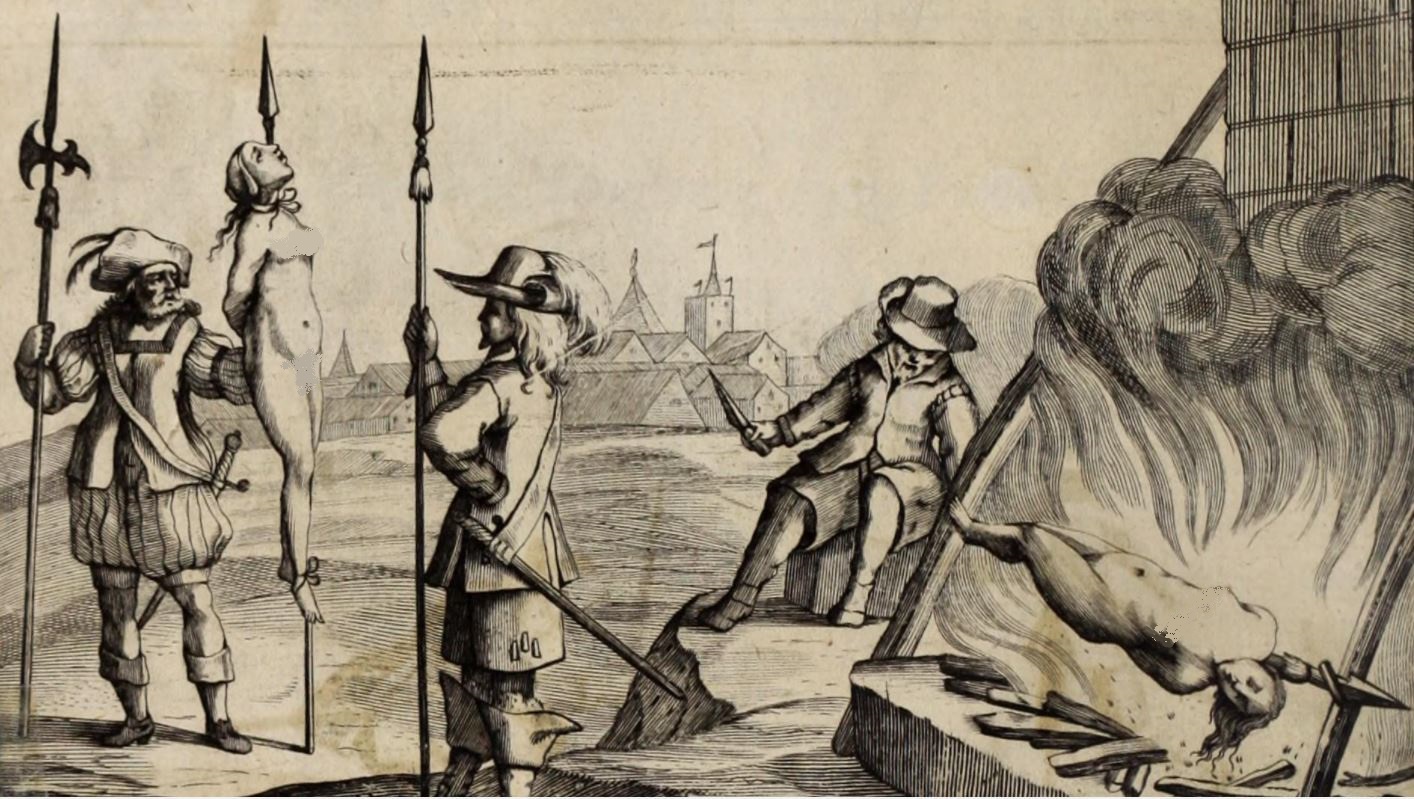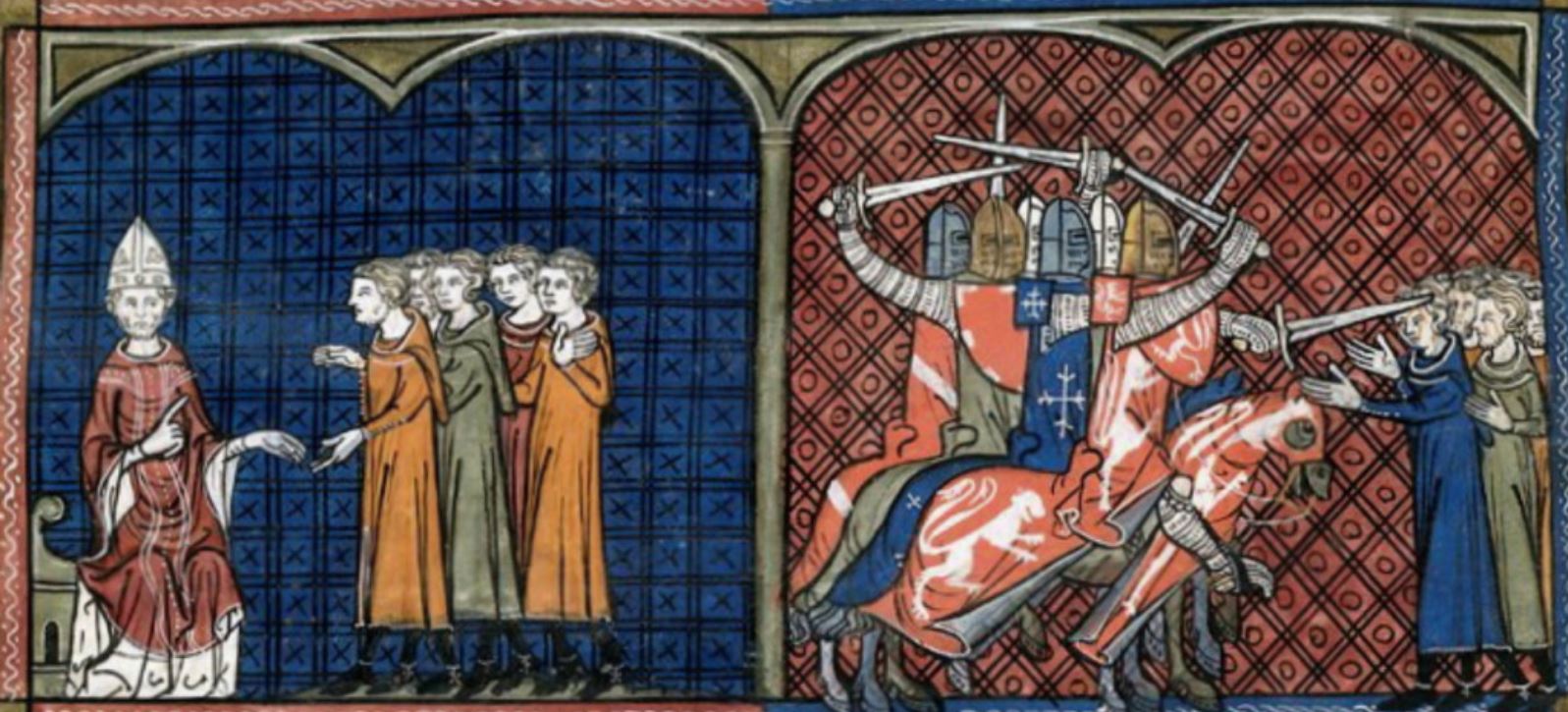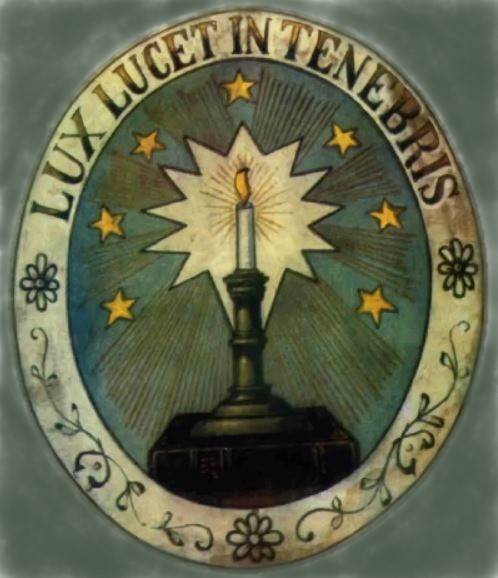

Prerequisite Reading
We strongly recommend reading of our post “The Need for the Protestant Reformation” prior to reading this or any of the other Reformation posts we have written.
Introduction
Waldensians, Albigenses, Cathars, Paterines, Petrobrusians, Fraticelli–names of which were often used interchangeably–refer to segments of Christians living in the southern part of France and Italy.
Depending on the slant of the historian, you will find two versions describing these people.
First, the Protestant version, which presents these groups as Bible-believing followers of Jesus whose descent can be traced to the apostles of Jesus. They were committed to Christ and the Bible. They were not separatists, as they were never part of the Catholic Church.
Another Protestant version is that they originated from Peter Waldo. We will discuss that individual in this article.
Second, the Catholic version, in which, even in Catholic encyclopedias today, the above-mentioned groups are painted as heretics, not even being worthy of the name Christian, and as such, deserved the severest punishment that could be inflicted upon them to bring them under the subjection of the Catholic Church. If barbaric torture didn’t work in bringing them to their knees, then their fate was a torturous prolonged death. This is what gave birth to the appalling and gruesome Inquisitions throughout Europe during this era which continued till the mid-1800s.
The Catholic Church destroyed the few historical records left by the Albigenses during the Inquisition, so when Wikipedia or similar sources about the Albigenses are found, they will be those that have been revised by Catholic editors, where they are labeled as Christian dualists or Gnostic movements, or even Manichaeans.
Corroboration from an Atheist
Voltaire, who was a passionate opponent of the Catholic Church, and of religion in general, said that these groups were all Bible-believing, not Manichaeans, as the Catholic Church labeled them. Nor were they some other deviant and imported religious sect. Roman Catholic history says these groups were nowhere near being Christian. Voltaire’s testimony is consistent with that of many others, in that the label “Manichean” was affixed to anyone who the Catholic Church declared to be a heretic. When writing about the injustices of the Catholic Church, Voltaire said:
Furthermore, there were men who wanted no law but the gospels, and who preached ideas almost the same as those held today by the Protestants. They were called Vaudois (Waldenses) because they were numerous in the valleys of Piedmont; Albigensians, from the town of Albi; Goodmen, from the consistent goodness of their lives; and finally Manicheans, the name then given to heretics in general. It was astonishing that, towards the end of the twelfth century, the Languedoc seemed full of them.
Hundreds of Years of Persecution
For hundreds of years these believers endured persecution, and it wasn’t until 1848 that the Waldenses enjoyed religious equality with their Roman Catholic fellow-citizens.

Illustrations of the Catholic Church’s endorsed tortures: Page 336-361 of Samuel Morland’s, The History of The Evangelical Churches of the Valleys of Piemont
Apology of Pope Francis
In 2015, Pope Francis visited a Waldensian Temple in Turin, Italy, and in the name of the Catholic Church, Pope Francis asked Waldensian Christians the following:
On behalf of the Catholic Church, I ask forgiveness for the un-Christian and even inhumane positions and actions taken against you historically. In the name of the Lord Jesus Christ, forgive us!
The groups of believers discussed in this story were the remnant Church that existed from the Dark Ages on. They are referred to as pre-Protestant, in that most of their beliefs were picked up and carried along by the famously known reformers like John Wycliffe, John Hus, Girolamo Savonarola, Ulrich Zwingli, Martin Luther, John Calvin, and John Knox.
Our focus in this story is on the Waldensians, what is known of the main leader of that group (Peter Waldo), and how the Gospel was spread throughout Europe through him and his followers.
The Start of the Movement
Peter Waldo (c. 1140 – c. 1205) was a wealthy merchant from the city of Lyon, France, who had been living a carefree life until the sudden death of a friend. This led Waldo to be deeply concerned for the state of his soul. He sought spiritual guidance through the Bible, but because the only Bible available was in Latin, and his Latin reading skills were poor, from 1170-1180, he hired two men to translate it into the local dialect—the Franco-Provençal language. This effort credited him with providing Europe the first translation of the Bible in a ‘modern tongue’ outside of Latin.
In addition to seeking counsel through the Bible, Waldo also sought counsel from a priest, who directed him to Luke 18:22, where Jesus told the story of the rich young ruler:
There is still one thing you haven’t done. Sell all your possessions and give the money to the poor, and you will have treasure in heaven. Then come, follow me.
Waldo immediately repented and took a vow of poverty. He took steps to ensure his wife and daughters were provided for, then gave away the remainder of what he had to the poor, and from that time on trusted in God for his provisions.
Street Preachers
Waldo then began preaching on the streets of Lyon, and by the mid-1170s, he had a significant following, with many more who were also preaching in Lyon, as well as in neighboring towns. These people became known as the “The Poor of Lyon.” As this group of disciples grew, they spread throughout France and Europe, and became known as the Waldensians.
Conflict with the Catholic Church
As Waldo studied the Scriptures, he became troubled with the doctrines, practices, and governing structures of the Roman Catholic Church. He began to preach against these errors, and that led to serious opposition.
In 1184, Waldo and his followers were excommunicated by the Catholic Church and were forced to leave the city of Lyon. The movement was then targeted for extermination through crusades and other forms of coercive efforts specifically designed to annihilate any opposition to the Catholic Church’s authority.

Left: Pope Innocent III excommunicating the believers
Right: Crusaders massacring Albigensians
Catholic Crusades Against Christians
From 1209-1229, a coordinated military effort against these believers was conducted by the Catholic Church. The purpose was to forcibly convert them to Catholicism or to exterminate them if they refused.
This military effort was known as the Albigensian Crusade, drawing soldiers from northern France and Southern England. One prominent slaughter during this crusade was the Massacre of Béziers in 1209, which resulted in about 20,000 being mercilessly killed.
To raise an army to carry out this brutality, the Catholic Church pledged to those who would enlist for a mere 40 days of military service:
► They would absolve the sins of those who would kill the enemies of the Catholic Church. This was labeled a “crusade indulgence.”
► They would provide free passage to heaven, bypassing purgatory.
► The soldiers would be entitled to the loot of those they attacked.

Traditional Emblem of the Waldensian Church
Candle on the top of a Bible. The motto reads: Lux Lucet in Tenebris, translated: “The Light Shines in the Darkness.”

After being driven out of Lyon and other parts of southern France, the believers found refuge in the Alps and Piedmont region of Italy.
Spreading Movement
With Waldo and his followers being forced out of Lyon, and being labeled as heretics, they moved into the Piedmont region of France and Italy—up into the mountains. For the next three centuries the Waldensians would be persecuted, forced underground, and on the run. During the remainder of Waldo’s life, and the lives of many of his followers, they spread throughout Europe, and as they went they took their Protestant message with them–to Spain, Austria, Germany, Hungary, Poland, and other locations. Waldo himself is believed to have died in Bohemia.
In 1211 more than 80 Waldensians were burned as heretics at Strasbourg, France, at the start of several centuries of persecution that nearly destroyed the movement.
The Wolves of Turin
Robert Bougre, who came to be known as the “Hammer of Heretics,” was an apostate from among the Waldenses. He became a Dominican friar and was appointed by the pope as Inquisitor General. This man, knowing the hiding places of the Waldensians, arrested more than 50 of them in the year 1236, and had them all burned or buried alive.

Piedmont region circled in red. In time, the Pre-Protestant believers began to migrate to locations throughout Europe, taking their evangelical message with them. Some of the many locations they settled in are indicated on this map.
Failure or Success?
This movement was almost exterminated, but the torch for revival, or reform, kept getting passed along to others, and was kept burning through the efforts and sacrifices of thousands of unknown individuals, as well those who became well-known like John Wycliffe in England, John Hus in Bohemia, and Girolamo Savonarola in Italy, Ulrich Zwingli in Switzerland, Martin Luther in Germany, John Calvin in France, and John Knox in Scotland.
Primary Sources
► Inquisition by Wikipedia
► Francis and the Waldensians by Christian History Institute
► Heresy and Inquisition in France 1200-1300 edited and translated by John Arnold and Peter Biller (Handbook for Inquisitors)
► History and Beliefs of the Waldensians by Mary Fairchild
► Of the Crusade Against the People of the Languedoc by Voltaire
► Robert Le Bougre and the Beginnings of the Inquisition in Northern France by Charles H. Haskins
► The History of the Christian Church by William Jones
► The First Tremor by Jon Bloom
►Waldo and the Waldensians Before the Reformation by Emilio Comba
► Waldensians by Wikipedia
► Peter Waldo by Wikipedia
Video:
► Waldenses: People of the Valleys | Episode 6 by Lineage
► Waldenses – A Mission Movement | Episode 7 by Lineage
► Waldenses – Lux Lucet In Tenebris | Episode 8 by Lineage
► The Life of Peter Waldo by Discerning History
► The Waldenses Meet the Reformation at Chanforan | Episode 35 by Lineage
► The Waldenses Massacre at Castelluzzo | Episode 43 by Lineage
► The Albigensian Massacre | Episode 9 by Lineage
Secondary Sources
► 1535 Olivetan (Waldensian) Bible translated by Pierre Robert Olivetan
► Albigensian Crusade by Wikipedia
► Complete Poetical Works of John Milton by John Milton (Sonnet XVIII)
► Foxe’s Book Of Martyrs by John Foxe
► Massacre of Béziers by Wikipedia
► The Ten Greatest Revivals Ever by Elmer Towns
► Piedmontese Easter by Wikipedia
► On the Late Massacre in Piedmont by Wikipedia
► Savoyard–Waldensian Wars by Wikipedia
► The Acts And Monuments of John Foxe by George Townsend
► Valdes by Britannica
► The History of The Evangelical Churches of the Valleys of Piemont by Samuel Morland (Illustrations: pages 336–361)
► The Waldenses in 1686 by (translator) T. Fenwick
► Medieval Christianity in Practice by Miri Rubin
► Playlist of History Videos by Lineage Journey
► Pope Francis Asks Forgiveness For Catholic Church’s Persecution Of Waldensians by HuffPost
Return to List of Revival Stories
Chet & Phyllis Swearingen
(260) 920-8248
romans1015@outlook.com
Beautiful Feet
P.O. Box 915
Auburn, IN 46706


